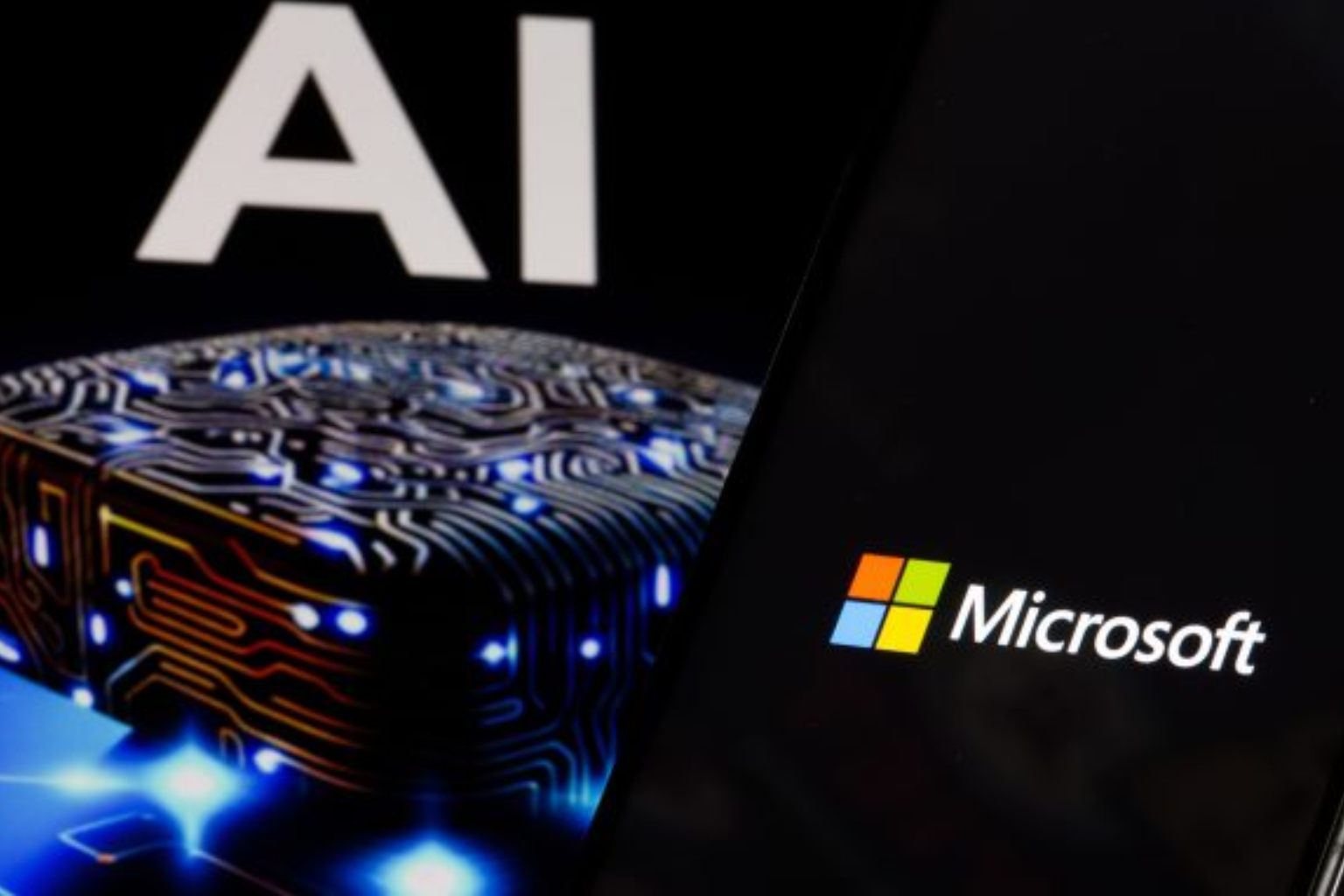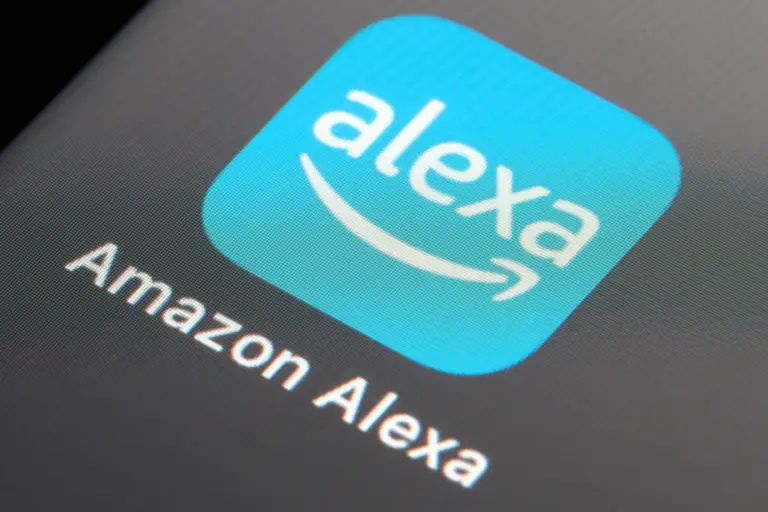
AI is Microsoft’s New Tool for Fostering a More Inclusive Work Environment
Microsoft is using AI to improve diversity and inclusion in the workplace. It is working to make its technology less biased and encouraging different teams to work on AI development.
Microsoft was in a PR mess at the start of 2023. After investing billions of dollars in OpenAI, the company was trying to show how far it had come in artificial intelligence. OpenAI makes ChatGPT. It was one of the first big tech companies to add AI to one of its main products when it added a robot to the Bing search engine. But things went wrong almost as soon as people started using it.
An interview with Bing by a New York Times reporter that left him “deeply unsettled” caused a lot of interest around the world. Soon, people started sharing screenshots that seemed to show the tool using racial slurs and making plans to take over the world. Microsoft quickly announced a fix that would limit the AI’s abilities and reactions.
Microsoft is not the only company that has had problems with AI, and some critics say that the mess shows that the tech industry as a whole is not paying enough attention to the risks of AI. For instance, Google’s Bard tool reportedly gave the wrong answer to a question about a telescope during a live demo for the press, which cost the company $100bn (£82bn). After that, the AI model, which is now called Gemini, was criticized for “woke” bias because it didn’t seem to want to make pictures of white people when asked to.
Microsoft says that AI can be used to promote fairness and justice, as long as the right safety measures are taken. It says that one way to help fix the problem of bias in AI is to make the teams that build the technology more diverse and open to everyone.
McIntyre used to teach deaf students and now works in human resources in the tech business, including at IBM. He has lived and worked all over the US, as well as in Singapore and Dubai. It’s now more important than ever for her team at Microsoft to make sure that diversity and inclusion practices are built into the company’s AI research and development. This is to make sure that there are more women in leadership positions across the whole business.
AI Driving Microsoft’s Business Growth
There’s a good reason for this. The almost 50-year-old business has new life thanks to AI products. Its revenue for the year rose 15% to $64.7 billion (£49.2 billion) in July. This was mostly due to growth in its Azure cloud business, which has gained a lot from the AI boom as customers train their systems on the platform.
This also helps the company reach its long-term goal of making technology “that understands us,” as CEO Satya Nadella recently put it. But McIntyre says that a more varied group of developers, engineers, and researchers needs to train AI – and especially large-language models like ChatGPT – so that they can be understanding, useful, and correct.
This fix might not work for sure. A lot of data from all over the internet is scraped to make the big language models that tools like Copilot, ChatGPT, and Gemini use. For example, if bias is present in the training data, it’s very hard to stop it from showing up later. This is especially a problem when AI is used in real life.
Companies are using tools to help them do things like hire people, but experts say these tools can make racial and gender biases stronger as they screen applicants. MIT researchers recently found that AI thought jobs like “flight attendant,” “secretary,” and “physician’s assistant” were for women, while jobs like “fisherman,” “lawyer,” and “judge” were thought to be for men. It also said that feelings like “anxious,” “depressed,” and “devastated” were feminine. At the same time, some police stations in the US have started using AI to write up reports of crimes.
Microsoft’s Focus on Diversity and Inclusion in AI
Still, Microsoft thinks AI can help with diversity and inclusion (D&I) if it is designed with these ideas in mind from the start. The company says that including everyone has always been a big part of its culture. For example, the Xbox Adaptive Controller is made for people with special needs, and Microsoft 365 products have many features that make them easier to use. But the stress of having to keep up with the speed and size of AI’s growth is rising. Microsoft needs to put money into making itself more diverse.
In its diversity report, Microsoft said that 54.8% of its core staff is made up of people of colour. This is about the same percentage as rivals Apple and Google. Microsoft, on the other hand, has 31.2% women working there, which is less than Apple and Google but still higher than the national average.


